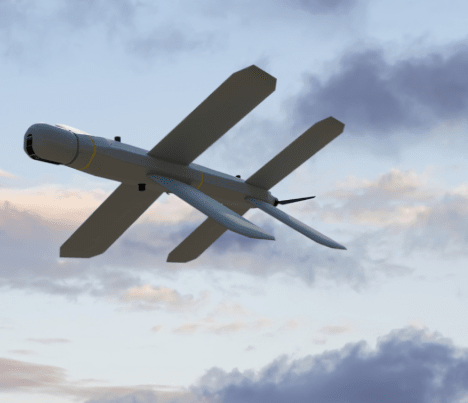
China Develops Cutting-Edge Drone for Underwater and Aerial Operations
China has reportedly unveiled a groundbreaking drone capable of seamlessly transitioning between underwater and aerial operations, marking a significant leap in military technology. These submarine-launched drones, designed with an innovative foldable wing mechanism, boast enhanced survivability in marine battlefields, according to Chinese claims.
The development comes as Beijing expresses concerns over the United States potentially deploying underwater drones near Chinese waters to execute swarm attacks on the People’s Liberation Army (PLA) during a possible conflict over Taiwan. Chinese researchers assert that their drones surpass the capabilities of the Pentagon’s unmanned underwater vehicles (UUVs).
Named “Feiyi”, the drone was developed by teams from Northwestern Polytechnical University (NWPU) and the China Aerodynamics Research and Development Centre (CARDC). It features a unique design that enables it to traverse water and air multiple times within a single mission, making it the first of its kind. The foldable wing design allows the drone to minimise water resistance during underwater operations while retaining high manoeuvrability in the air.
Feiyi is equipped with tail-mounted propellers for propulsion and navigation underwater and four pairs of rotating, foldable blades for aerial flight. Its ability to transition seamlessly between mediums enhances its stealth and adaptability, enabling it to perform marine reconnaissance, surveillance, and strike missions. Reports suggest that its underwater navigation efficiency surpasses most existing cross-medium drones, thanks to the advanced wing-folding technology.
The drone can maintain stability even in rough waves and launch into the air with ease. When landing, it submerges within five seconds as its wings fold to reduce drag. Powered by artificial intelligence, Feiyi can autonomously execute missions with high precision, according to its developers.
In contrast, U.S. drones typically require deployment via torpedo tubes and lack underwater mobility, leaving them more vulnerable to detection and attack.
China’s advancements in cross-medium drones reflect its broader ambitions in military innovation, including hypersonic weapons and solid-fuel ramjet engines. With escalating tensions in the Taiwan Strait, reports by think tanks like the Centre for a New American Security (CNAS) predict that drones like Feiyi could play a pivotal role in shaping the future of warfare.



